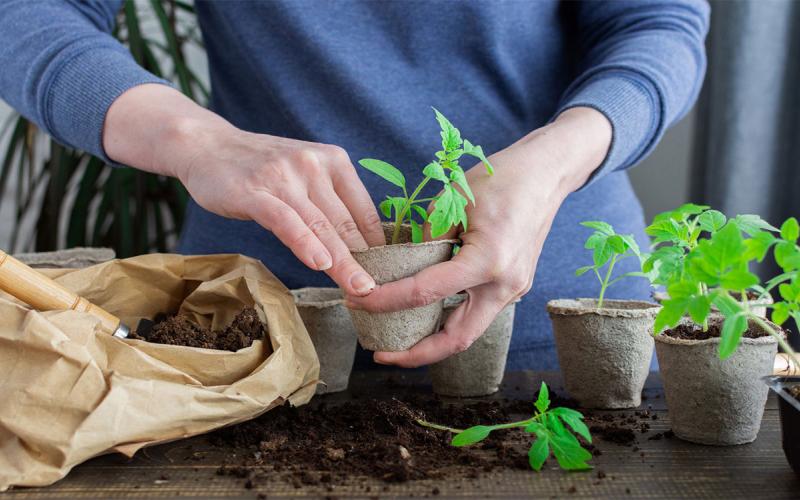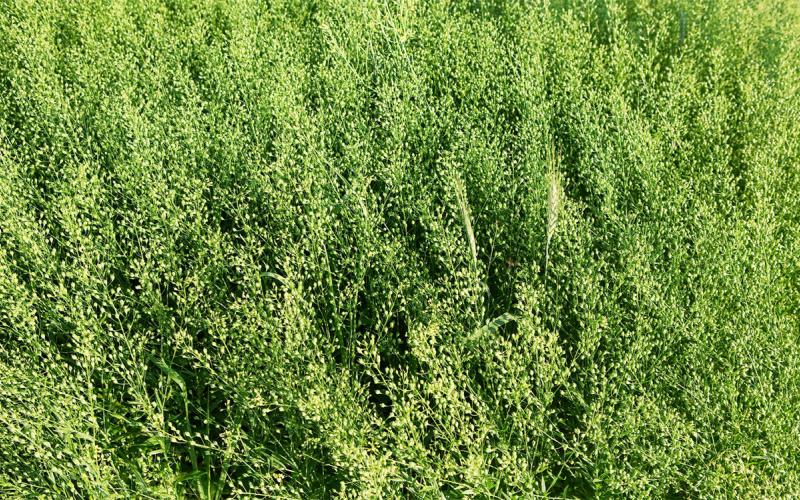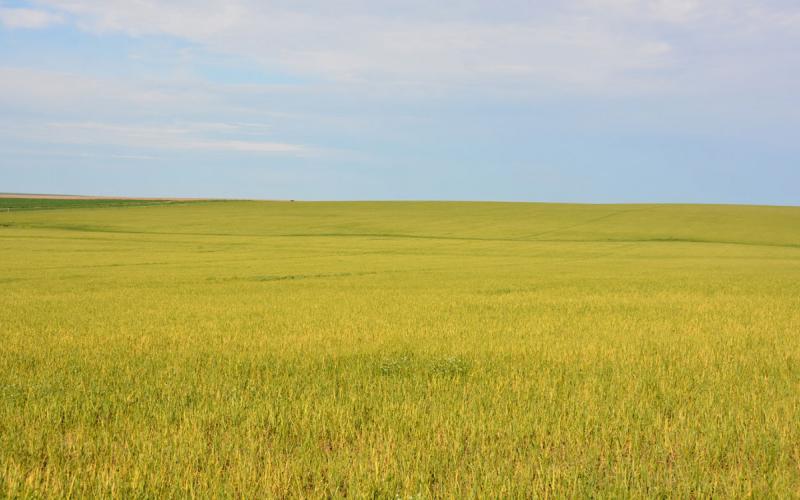Plants or Crops
All Plants or Crops Content

Winter Garden Education Opportunities To Cultivate Your Curiosity
Anxious to get your garden off to a good start this spring? Explore some resources and learning opportunities to grow your gardening knowledge this winter!

Spring and Winter Camelina in South Dakota
In the semi-arid, western portion of South Dakota, camelina has potential value as a fall-seeded cover crop, providing flexibility in crop rotations for improving soil health.

Pre-Plant Wheat Streak Mosaic Disease Management Strategies
Drought conditions tend to promote high wheat curl mite populations. Wheat streak mosaic virus and other viruses transmitted by wheat curl mites are best managed through cultural practices performed before planting.

Wheat Streak Mosaic of Wheat
Fact sheet about symptoms, disease cycle, risk factors and management of Wheat streak mosaic disease

Scout for Corn Ear Rots
Several corn fields scouted in northeastern South Dakota counties were found with ear rots. Ear rots were mostly prevalent in areas that experienced hailstorms in the recent past. Ear rots in corn are caused by a few fungal pathogens, and which ear rot develops depends on the weather conditions.

Charcoal and Fusarium Rots Observed in Early Senescing Soybean Plants
The drought conditions in South Dakota have led to early soybean senescence in some areas. However, some of the early senescing may be due to dry-season diseases, such as charcoal and Fusarium rots.

Crown Rust of Oats
Fact sheet on Crown Rust of Oats for agronomist and growers.

Goss's Bacterial Wilt and Leaf Blight of Corn
Fact sheet for identifying Goss’s bacterial wilt and leaf blight of corn, also known
as bacterial leaf freckles and wilt.

Bacterial Blight Developing In Some Soybean Fields
Bacterial blight was found developing in a few soybean fields scouted the week of July 19. Leaf tattering is a common symptom of bacterial blight and happens when expanding bacterial blight lesions coalesce and form large brown patches.

Stem Canker Developing in Some Soybean Fields
A few soybean fields are showing some wilting plants due to stem canker. The field entries and head rows are the most-impacted parts of these fields. The current dry conditions are stressing the plants and causing early development of the disease.